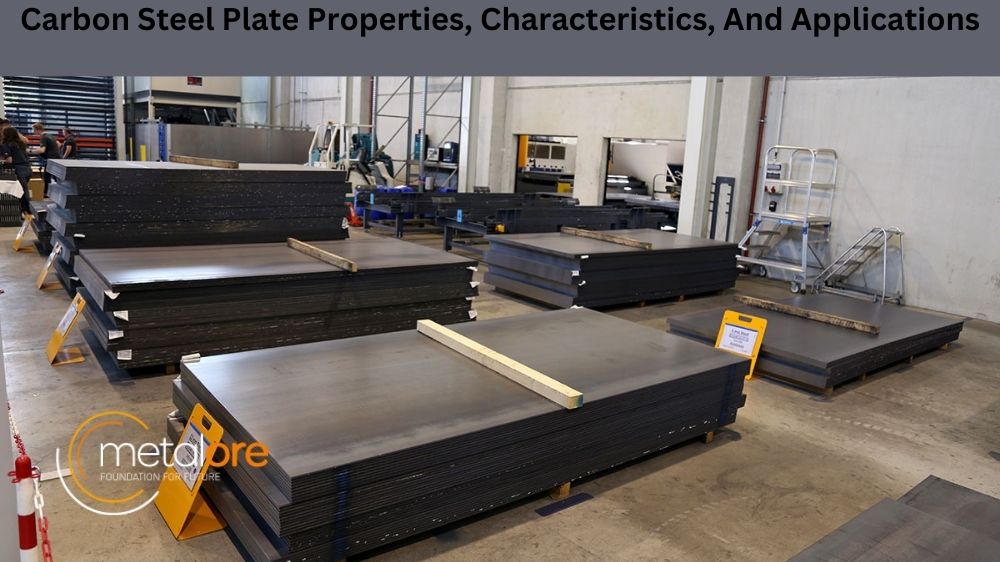Carbon steel plates are high-strength and low-alloy steel that exhibit excellent mechanical properties and are commonly used in various industries, including construction, industrial machinery, and transportation. They are preferred for their high tensile strength, corrosion resistance, and durability. In this blog, we will be taking a closer look at the properties, characteristics, and applications of carbon steel plates and how they can benefit your project.
What is a carbon steel plate?
A carbon steel plate is a steel alloy that contains carbon in it. It has a high hardness, strength, and wear resistance compared to other steels. The carbon content of the steel plate can range from 0.05% to 0.50%, depending on the grade of the material used. It’s possible to improve its suitability for applications needing higher tensile strength or durability, such as heavy-duty constructions and infrastructure projects, through heat treatment processes like rolling or normalising. High-carbon steels are also highly corrosion resistant, which makes them ideal for various applications, including tanks, ships, pipelines and chemical processing plants.
Properties of Carbon Steel Plates
Carbon steel plates are made up of an alloy of iron and carbon, with trace amounts of other elements like manganese and silicon. The concentration of carbon typically ranges from 0.05 to 2.0%. Carbon steel plates are classified based on their carbon content percentage. Plates with a low carbon content of less than 0.5% are called mild steel, while those with a higher carbon content are referred to as high carbon steel.
Carbon steel plates exhibit excellent strength, hardness, flexibility, and toughness due to their carbon content. They have a high tensile strength, which means they can withstand high-stress levels without breaking or deforming. The hardness of the steel is also an essential property that contributes to its durability, especially in high-wear applications.
Characteristics of Carbon Steel Plates
There are many benefits to using carbon steel plates in industrial projects. For starters, they offer excellent resistance to corrosion, making them ideal for use in harsh environments. They also have high thermal conductivity, so they can transfer heat efficiently, making them ideal for heat exchangers and boilers. Carbon steel plates are also relatively inexpensive, making them a cost-effective option in applications.
Applications of Carbon Steel Plates
Carbon steel plates are commonly used in construction to produce structural steelwork and building materials. They are also widely used in shipbuilding, railroads, bridge construction, and industrial machinery. Carbon steel plates are used in heat exchangers, boilers, and pressure vessels. They are also used in the automotive industry to manufacture parts like axles, gears, and crankshafts. Due to their strength, carbon steel plates are commonly used to produce tools and blades in the cutting and machining industries.
Types of Carbon Steel Plates
Different types of carbon steel plates are available, depending on the application. Carbon steel plates are classified based on their carbon content, strength, and grain structure. The classification of carbon steel plates helps engineers and manufacturers to select the appropriate material for specific applications. Some commonly available carbon steel plate types include mild, low, medium, and high-carbon steel.
Conclusion
Carbon steel plates are versatile, durable, and cost-effective materials widely used in various industries. Understanding their properties, characteristics, and applications allows you to make informed decisions when choosing carbon steel plates for your projects. Whether building a structure, making a tool, or fabricating industrial machinery, carbon steel plates can provide you with the strength, durability, and corrosion resistance you need.

